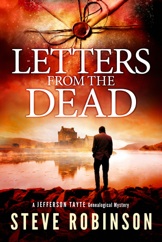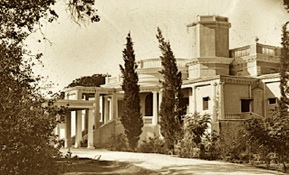Telling the Story
It is often a challenge to find new ways for JT to uncover the past. As a genealogist, he uses all the records at his disposal, and this time I thought the inclusion of old letters, often a rich genealogical resource in themselves, would be a particularly good way to slowly peel back the layers of the story JT is trying to unravel.
At the same time, I wanted to have a go at writing a proper whodunnit murder mystery. Most of my books can be described as murder mysteries to some extent, but believe it or not, seven books into the series and this is the first time I intentionally set out to write one, with all the suspects gathered before the reader in the more traditional murder mystery sense.

















